Depression is more than just feeling sad and blue, and if only it was that simple. Everyone at some point feels sad, anxious, unhappy, and down in the dumps, but being sad doesn’t always mean you’re depressed. Additionally, depression is not a uni-dimensional disorder and can have different sub-types. So, what are the different types of depression, and are there different types of depression?
The answer is YES.
There are many different types of depression that plague thousands of people around the world, and all the different types of depression can be caused by life events, situations, or chemical changes in the brain. Some of the most common symptoms of depression are fatigue, physical pain, hopelessness, loss of interest in life, and suicidal thoughts and tendencies.
The DSM-5 definition of depression says if anybody is experiencing these symptoms for more than 15 days, they are going through a depressive episode.
Knowing what are the different types of depression, and understanding how each one of them works can make it a bit easier for you to deal with it in the right way. The more you know about all this, the better your diagnosis and recovery journey will be.
Read on to know more about all types of depression disorders.
Related: How To Love Yourself When Dealing With Depression
What Are The Different Types Of Depression?
find below the 10 most common types of depression
1. Clinical Depression or Major Depression
This is one of the most common types of depression where people suffering from this experience a constant feeling of sadness and don’t show any interest in their external world. You might be suffering from clinical depression if the symptoms have been persisting for more than 2 weeks.
Symptoms
- Complete loss of interest in activities you used to enjoy doing
- Detachment from close ones
- Suicidal thoughts
- Tired, lethargic and exhausted
- Extreme mood swings
- Irritability
- Lashing out at close ones
- Feeling guilty and worthless
- Oversleeping or undersleeping
- Finding it hard to focus
- Feelings of restlessness and agitation
- Extreme pessimism and negative thinking
- Weight gain or weight loss
Treatment
There are several methods of treatment available for dealing with this depression type, such as anti-depressant medications, electroconvulsive therapy, cognitive-behavioral disorder (CBT), natural treatments, and psychotherapy. The mode of treatment will vary from person to person and will depend on the severity and degree of your symptoms.
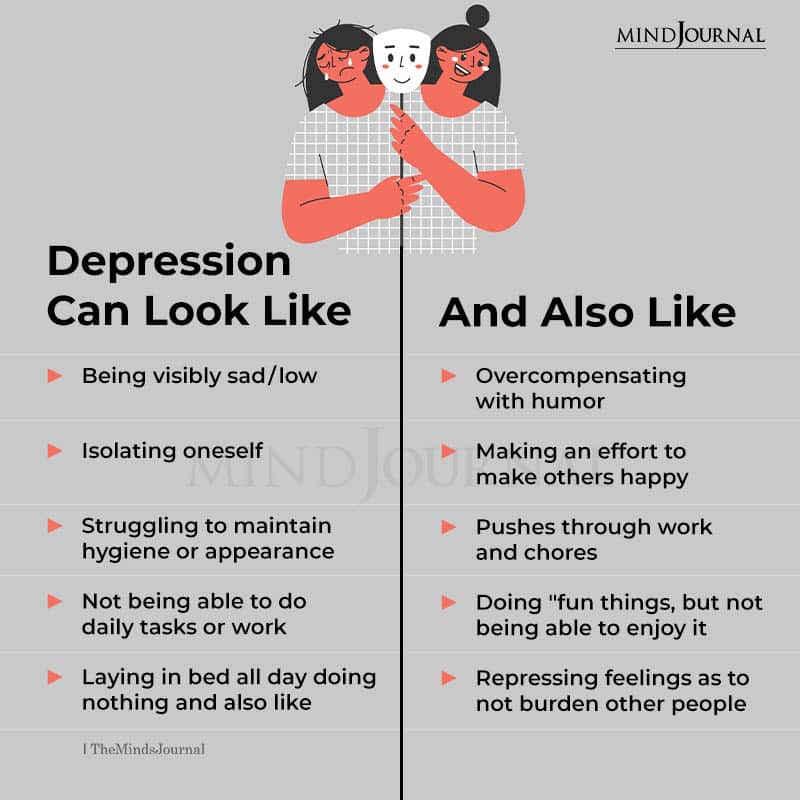
2. Bipolar Disorder or Manic Depression
Bipolar disorder, also known as manic depression is a mental health condition that causes changes in thinking, energy, behavior, and acute fluctuations in mood and sleep. Manic depression doesn’t just make you ‘feel blue’, the depressive thoughts going on in your mind can lead you to have suicidal thoughts, that sometimes change suddenly into extreme happiness and excitement.
Additionally, the risk of suicide in bipolar and manic depressive patients is 15 times higher than that of the general population and is one of the most common types of depression out there.
Symptoms
- Anxious and irritable personality
- Loss of self-worth, self-esteem and feeling extremely demotivated
- Hopelessness
- Disorganized and indecisive
- Risk-taking behaviors
- Being impulsive, restless, and hyperactive
- Sadness, apathy and extreme mood swings
- Excessive aggression and self-harming tendencies
- Extreme sexual desire
- Paranoia and difficulty falling asleep
- Feeling excessively tired or frenzied speaking
Treatment
Even though no cure has been found yet for bipolar disorder, the best treatment options for this depression type are psychotherapy, cognitive-behavioral therapy (CBT), family therapy, support groups, psychoeducation, and medications. In some cases, hospitalization can also help bipolar patients tremendously when it comes to recovery.
Related: Bipolar Disorder: 10 Facts You Should Know About It
3. Seasonal Affective Disorder (SAD)
If you tend to gain weight, feel very sleepy and depressed during winter, but feel energetic, and happier during spring, then you might be suffering from Seasonal Affective Disorder, also known as major depressive disorder with a seasonal pattern. However, it can also occur during the summer and is known as summer-pattern seasonal affective disorder (SAD).
SAD is believed to be triggered when there’s a disruption in the normal circadian rhythm in your body. Amongst all the different types of depression, most of the time SAD is not diagnosed at all or is diagnosed very late due to the fact that most people tend to overlook and ignore their symptoms, or think that they are normal.
Symptoms
- Hopelessness
- Fatigue
- Withdrawing socially and detachment from close ones
- Major fluctuations in appetite
- Sadness, apathy, loneliess and anxiety
- Sleep deprivation or excessive sleepiness
- Experiencing a constant feeling of discontent
- Excessive irritability
- Drastic weight gain or weight loss
- A certain heaviness in legs and arms
Treatment
Some of the best treatments for dealing with this depression type are talk therapy, psychotherapy, medication, light therapy, or even a combination of all these. Psychotherapists can help you recognize the patterns whenever you’re feeling negative, and learn positive and healthier ways of managing your symptoms. They also recommend many relaxation techniques that can help you feel more energetic and excited.
4. Dysthymia
Also known as Persistent Depressive Disorder, this is one of those depression types which continues for many years, and can heavily interfere with your daily life, relationships, and work. People suffering from dysthymia find it very challenging to be happy, even during happy, exciting occasions.
From an outsider’s point of view, they are often regarded as pessimistic, negative, gloomy and a buzzkill, when in reality, they are dealing with a chronic mental illness every day of their lives. Their symptoms might fluctuate with time, and even disappear sometimes, but they never go away permanently.
Symptoms
- Low self-esteem and excessive self-doubt
- Loss of interest, and persistent feelings of sadness
- Irritability and anger
- Having trouble with focus and concentration
- Feelings of paranoia and guilt
- Sleeping too much or not sleeping at all
- Drastic fluctuations in appetite
- Indecisiveness, persistently feeling discontent and empty, and hopelessness
- Fatigue, and lethargy
- Lack of productivity
Treatment
The two best options for treating dysthymia are psychotherapy and medications. The treatment for dysthymia depends on factors like your capability to tolerate medications, your personal preferences, the severity of your symptoms, previous methods of treatments, and other emotional and physical problems you might have.
Psychotherapy might be the ideal option for adolescents and children with dysthymia, but again that will depend on the individual and the severity of their symptoms. Therapists might also recommend antidepressants in some cases.
Related: Living with Dysthymia: How To Deal With This “Less Serious” Depression
5. Situational Depression
Also known as Reactive Depression/Adjustment Disorder, it’s regarded as a short-term depression type that is normally triggered by stress. This is one of the types of depression disorders that gets triggered when an individual goes through a series of unexpected and major life changes or experiences a traumatic event.
For example, situational depression can be triggered by divorce, illness, retirement, loss of a loved one, relationship problems, job changes/losing a job, money problems, social issues at work or school, life or death experiences, and family problems.
This depression type occurs when someone is unable to adjust to the changes happening in their lives, and struggle to accommodate them. People suffering from situational depression start showing symptoms normally 90 days from the triggering event.
Symptoms
- Hopelessness and sadness
- Difficulty in sleeping
- Thinking about and trying to attempt suicide
- Showing disinterest in food and not eating for long periods of time
- Having difficulty focusing
- Finding it hard to carry out daily activities
- Constant feelings of anxiety and worry
- Crying all the time
- Forgetting or not caring about responsibilities
- Feeling overwhelmed and feeling a lack of interest in activities you previously enjoyed
Treatment
Supportive psychotherapy, cognitive-behavioral therapy (CBT), and the right medications can help you deal with situational depression, and get better. Apart from this, positive lifestyle changes such as regular exercise, consuming healthy, nutritious food, having a proper sleep schedule and sleeping for at least 7 hours every day, and getting enough rest and relaxation can also help you feel better.
6. Postpartum Depression or Peripartum Depression
When we talk about what are the different types of depression, many people tend to overlook postpartum depression or don’t take it seriously enough.
Many women suffer from “baby blues” after having children, and it is characterized by a lot of crying, and feelings of sadness. However, having baby blues is quite common and these symptoms tend to go away after 2-3 weeks of childbirth. Baby blues are mostly a result of hormonal changes that take place in a woman’s body after she gives birth.
However, not all women recover so quickly, and their symptoms such as sadness, worry, anxiety can go on for a more prolonged period of time, and this is when you know you’re suffering from postpartum depression. Peripartum depression, on the other hand, may develop during pregnancy.
Symptoms
- Feeling depressed all the time even after several weeks after giving birth
- Insomnia
- Obsessive thoughts
- Crying all the time
- Feeling irritable, angry and detached
- Feeling tired for the most part of the day
- Anxiety, racing thoughts, worry, panic attacks
- Drastic changes in sleeping and eating habits
- Loss of interest in sex
- Withdrawal from loved ones and social situations
- Not feeling attached or drawn to your baby
- Feeling hopeless and helpless
- Thinking about hurting your baby or yourself
- Drastic mood swings, and feelings of worthlessness
Treatment
Mental health counseling, talk therapy or psychotherapy, medications like antidepressants can help in treating this depression type. Going for regular therapy sessions can give you the right tools and guidance for dealing with this.
If you are suffering from baby blues, then a few things that can help you feel better are accepting help from your loved ones, adequate rest, avoiding alcohol and cigarettes as these can exacerbate your negative emotions, connecting with other new mothers, taking some time out for yourself and meditation.
Related: The Difference Between Postpartum Baby Blues and Postpartum Depression
7. Disruptive Mood Dysregulation Disorder (DMDD)
DMDD is a recent diagnosis compared to the other types of depression out there. It appeared on the Diagnostic and Statistical Manual of Mental Disorders (DSM-5) in 2013. It is a type of depressive disorder, where you find it difficult to control your emotions, thoughts, and moods, in an age-appropriate way, which is why, this is quite prevalent in children.
Children diagnosed with DMDD have emotional and anger outbursts quite often, due to feelings of frustration, anger, and anxiety. Additionally, they also display constant and chronic irritability and impatience.
Symptoms
- Verbal outbursts such as screaming, yelling, and crying
- Behavioral outbursts such as physical aggression, throwing things, and breaking things
- Outbursts happen twice or thrice a week, or even more.
- Tantrums can happen anywhere
- Displaying chronic irritability and anger issues
- Tantrums and outbursts are not normal for children of that age
Treatment
It’s highly unlikely that children will be able to overcome DMDD without learning how to control and deal with their difficult and negative emotions. And one of the best ways for ensuring this is by opting for therapy. A combination of parent management techniques and psychotherapy can help both parents and children a lot in beating this.
This will help children understand what they need to do to regulate their moods, emotions, and thoughts, and also teaches parents how to deal with their children’s emotional and anger outbursts.
8. Psychotic Depression
People who show symptoms of depression and psychosis are believed to suffer from psychotic depression. Psychosis is a mental state that is characterized by hallucinations, delusions, or false beliefs, cluttered behavior and thinking, and an overall abnormal demeanor.
Symptoms
- Hallucinations and delusions
- Hypochondria
- Anxiety
- Restlessness and agitation
- Intellectual impairment
- Insomnia
- Feelings of self-hatred, guilt, worthlessness
- Constantly thinking of suicide, death and dying
- Sleeping difficulties
- Drastic changes in weight and appetite
- A constant low, unhappy, sad and dejected mood
- Psychomotor impairment
- Paranoia
- Hearing imaginary voices who you believe is mocking and threatening you
- A firm belief that you have superpowers
- Experiencing a constant feeling of terror, panic, fear and distress
Treatment
If someone is experiencing psychosis and depression at the same time, then they need to consult a therapist, psychologist, or psychiatrist immediately, because, amongst all types of depression, this one normally doesn’t improve without proper therapy and treatment.
Apart from therapy, this depression type can also be treated with the help of psychotropic medications, but that only be done by a licensed and qualified mental health professional. Electroconvulsive therapy is also considered to be an effective mode of treatment for this.
Related: The 8 Types of Depression: Identifying Signs and Symptoms
9. Atypical Depression
If you think about what are the different types of depression, you might not think of atypical depression that much, probably because of its name. Contrary to what its name suggests, it is one of the most major types of depression out there.
It is different from major depression in the sense that it’s not characterized mainly by feelings of constant hopelessness and sadness. Rather it is a subtype of major depression and is mostly characterized by the following symptoms. One of the important things is that people believe lies in depression.
Symptoms
- Overeating leading to major weight gain
- Oversleeping (hypersomnia)
- Feeling a certain heaviness in your legs and arms
- Being extremely sensitive to rejection, leading to growing problems in your social, professional and personal lives
- Relationship problems
- Excessive irritability
- Headaches and body aches
- Experiencing a happier and better mood in the light of positive events and news
- Physical weakness and fatigue
Treatment
Atypical depression is best tackled with a combination of psychotherapy and medications. Antidepressants like tricyclic antidepressants and SSRIs are the most common medications that are prescribed by doctors for treating atypical depression. Avoiding alcohol and recreational drugs, and taking certain supplements like fish oil can also help you feel better.
10. Premenstrual Dysphoric Disorder (PMDD)
Premenstrual Dysphoric Disorder (PMDD) is a hormone-based cyclic disorder and a more severe form of premenstrual syndrome (PMS). Around 85% of women experience PMS symptoms every month, however, only a small fraction of women go through this painful disorder.
While the common symptoms are depressed mood, sadness, and anxiety, along with these, physical and behavioral symptoms can also occur.
Symptoms
- Overeating, binge-eating, and uncontrollable food cravings
- Mood swings, characterized by constant crying
- Difficulty concentrating
- Severe anxiety and stress
- Self-critical, self-hatred and low self-esteem
- Excessive tiredness
- Irritability, anger, hopelessness and impatience
- Bloating and breast tenderness
- Social and economic dysfunction
- Pain in muscles, breasts, and pelvis
- Panic attacks, headaches and soreness in body
Treatment
Supplements such as evening primrose oil, chaste berry extract, magnesium, calcium, Vitamin E, Vitamin B6, and magnesium oxide can help deal with the symptoms. Apart from this, cognitive-behavioral therapy (CBT) and SSRI antidepressants can also help tackle PMDD. Alternative remedies such as acupuncture, yoga, saffron therapy, photic stimulation, qi therapy are well-known for helping with PMDD.
Related: Cool Hacks To Keep Your Confidence Levels Up During Your Periods
Dealing with depression on a daily basis can be a difficult and emotionally exhausting thing to go through. But the good news is that you don’t have to go through and fight it alone. Knowing what you’re going through and opting for the right treatments and medication can help you beat depression and live a happier, healthier, and more stable life.
And the next time you ask yourself, how many types of depression are there, come back to this post! Also, don’t forget to let us know your thoughts in the comments section down below!
Disclaimer: This article is for informational purposes only and is not intended as a substitute for professional mental health advice, diagnosis, or treatment. While we strive for accuracy, we do not guarantee the completeness or reliability of the information provided. Readers should always seek guidance from a qualified mental health professional for any concerns regarding their mental well-being.
Frequently Asked Questions (FAQs)
What is worst form of depression?
Clinical depression or major depression is the most severe form of depression.
What are the 3 levels of depression?
The 3 levels of depression are major depressive disorder, chronic depression, and severe depression.
Is ptsd a type of depression?
PTSD is an anxiety disorder that happens when you experience an extremely disturbing and traumatic event.






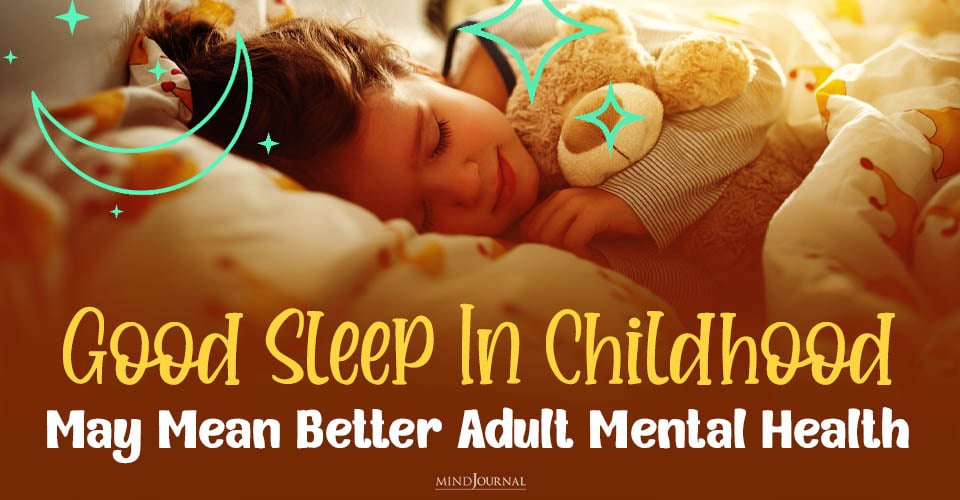

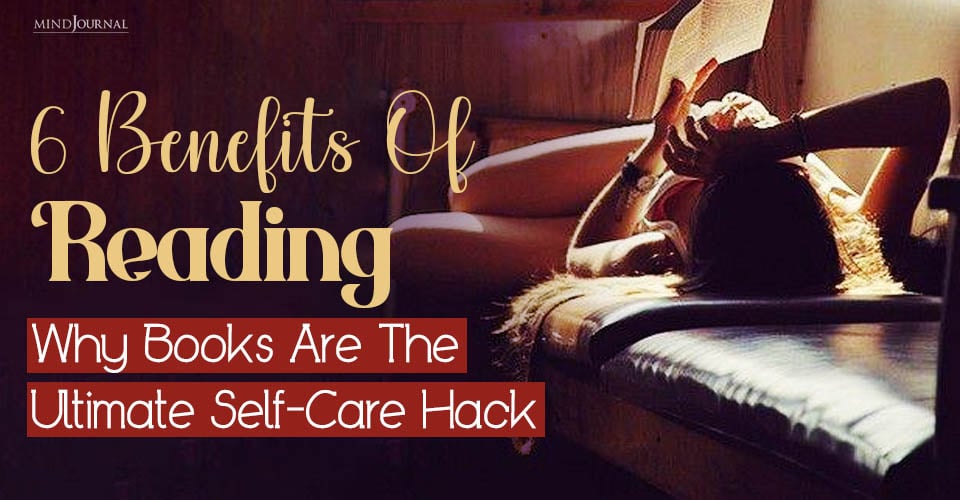
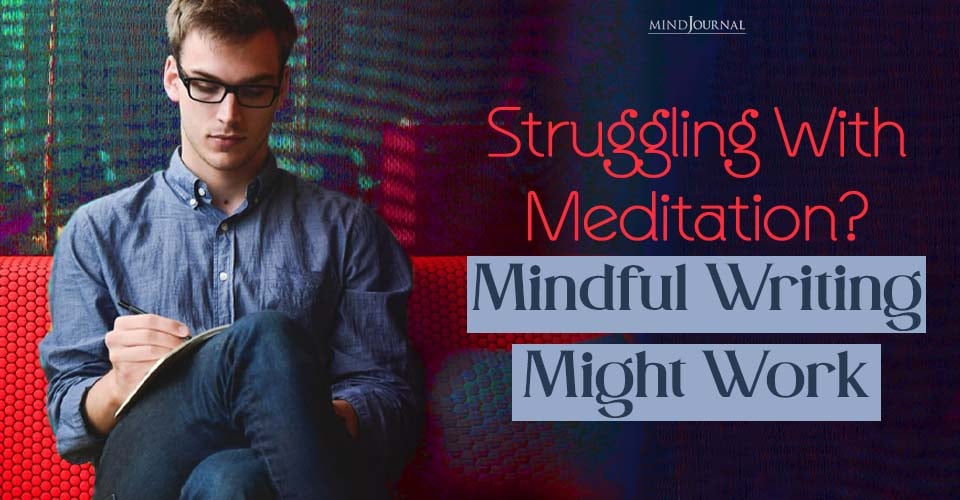
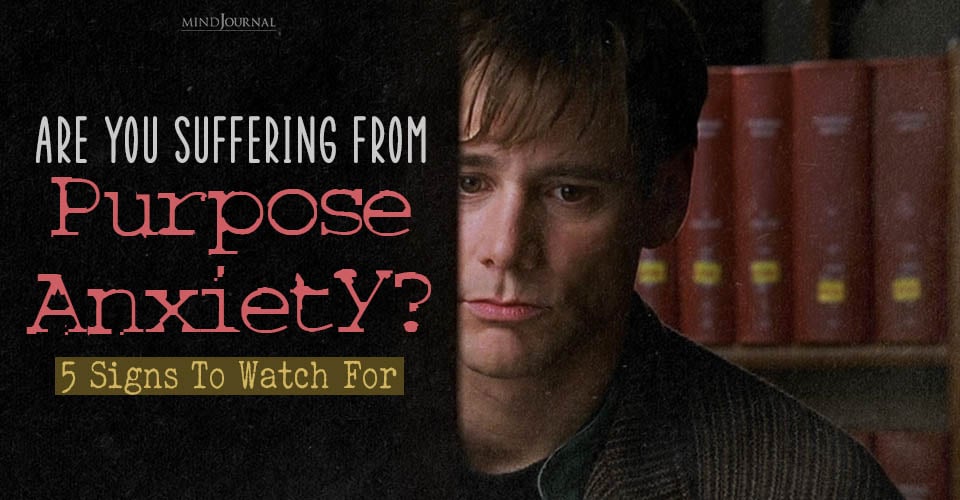
Leave a Reply